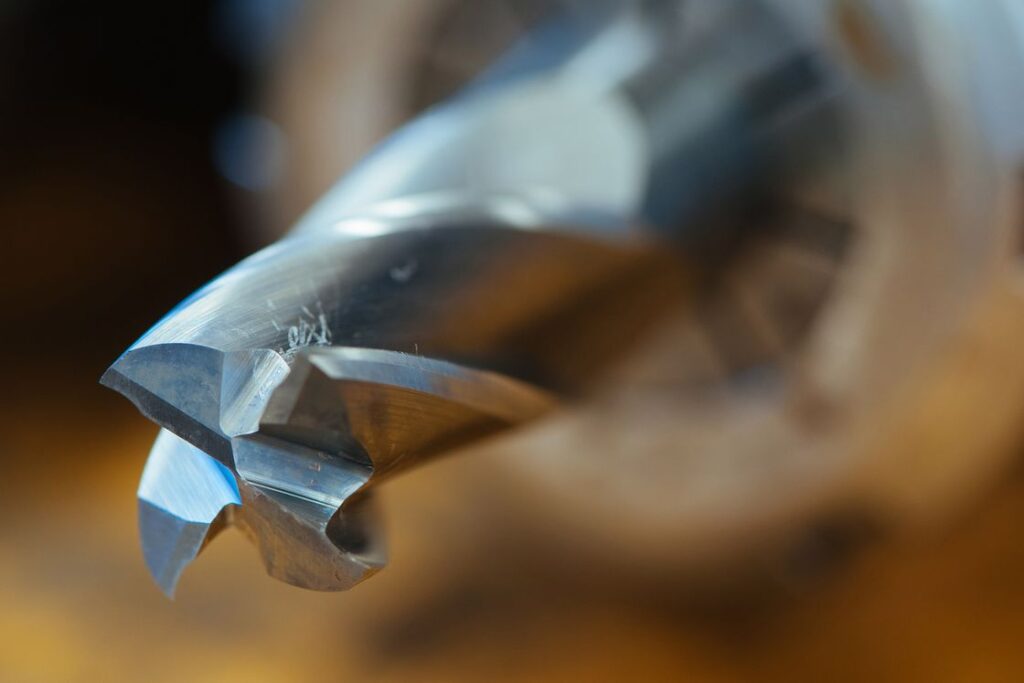Determining the size of a drill bit is essential so the hole you make is the right diameter and works effectively. There are different ways to determine the size of drill bits. If you want to know the size drill bit for a ¼” Tapcon, keep reading.
Contents
What Size Drill Bit for a 1/4” Tapcon?
A ¼” Tapcon needs to have a drill bit size of 3/16” diameter. The length varies depending on the length of the hole. The bit length should be enough so that the hole is ½” deeper than the Tapcon screw.
This allows for the screw to penetrate the base material and allows the Tapcon screw to be within the minimum embedment depth of 1”. The drill bit for ¼” Tapcon comes in five lengths, namely:

- 3 ½ inches
- 4 ½ inches
- 5 ½ inches
- 6 ½ inches
- 7 ½ inches
Note that this is different from the 3/16” Tapcon with a drill bit of 5/32” diameter bit and should not follow the same drill bit size as this one. You should also not mistake this Tapcon as the same as regular taps for drill bits.
Tips for Using Small Drill Bits
Clamp the Material
Since small drill bits require a bit of careful handwork, you need your surface to be as stable as possible. Hence, you should definitely clamp it down to keep it from moving. Even with small drill bits will be hard if the surface isn’t steady.
This is especially true in small workpieces. Clamps hold the workpiece or surface in place so you can drill without worrying about it moving.
Think of clamps as an extra pair of hands that holds the piece for you so you can use both your hands to use the drill more accurately. There are many different drilling clamp accessories available in the market.
Stop Every Now and Then
As I mentioned before, drilling causes friction which in turn creates heat. The heat can dull the drill bit, which you must sharpen more often. The heat may also cause deformities in your workpiece, which you want to avoid.

Rest your drill after drilling 2 to 5 light applications to avoid this. Most people would just let their drill bits rest for a minute or two before resuming to drill again.
Another way is to dip the drill into cold water 5 to 20 seconds after drilling to stop it from heating up. This resets the heat threshold allowing you to drill again without worry of overheating.
Place a Mark
This is helpful, especially if it’s your first time drilling. Drill bits tend to move around when it’s your first time drilling, or you have unsteady hands. This causes inaccuracies in your work that could prompt you to start over again with a new piece.
To avoid this, measure where you want the hole to be and mark it. You can use a center punch and hammer to make a small dimple as a marking. This makes it easy for you to feel the mark as it is below the surface level. It also makes the drilling easier and more accurate.
Conclusion
Drill bit size needs to be accurate for the best compatibility and effectiveness. There are a lot of drill bit sizes, and you could get confused about what you should use. Hopefully, this article helps make your project easier.

